Lava is a blazing stream of molten rock, erupting from volcanoes and burning everything in its path. It looks unstoppable—but is it really capable of melting anything? One of the most asked questions is, can lava melt steel? What about diamonds or tungsten, some of the strongest materials known to science? This article will break down the facts, compare material thresholds, and explore lava’s true limits.
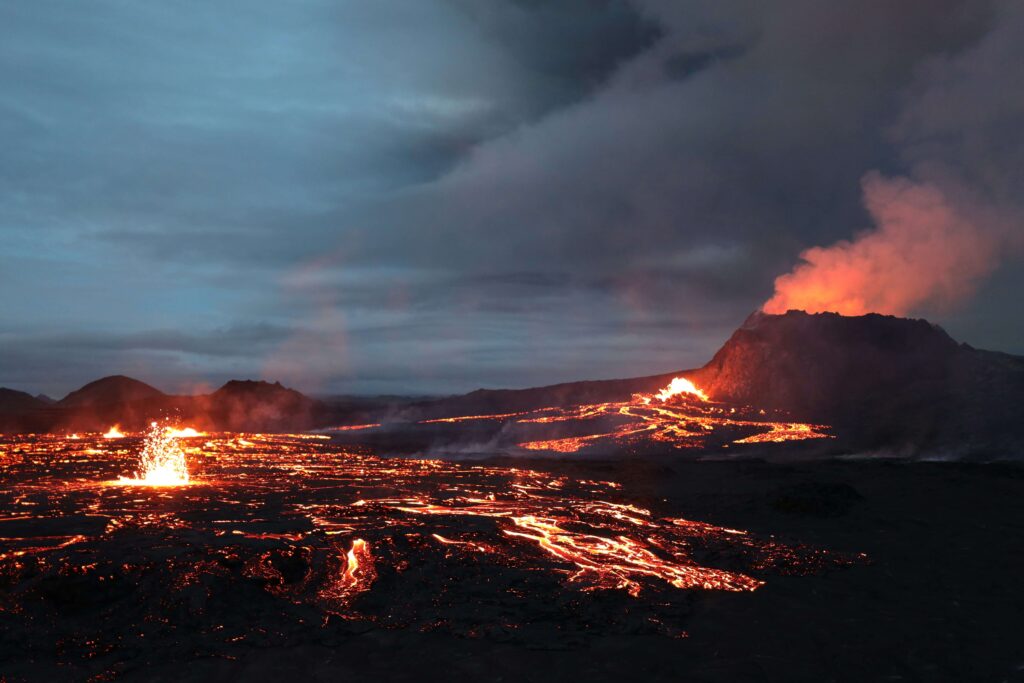
How Hot Is Lava?
Lava is the molten form of rock expelled during volcanic eruptions. It originates in the Earth’s mantle and rises to the surface through fissures or volcanic vents when the crust breaks under pressure. When lava flows onto the surface, it can reach temperatures ranging between 1,300°F and 2,200°F (700°C and 1,200°C). These temperatures vary depending on the chemical makeup of the lava.
The most common type of lava is basaltic lava, which is low in viscosity and flows easily. It’s usually hotter than rhyolitic or andesitic lava, which is thicker and more explosive. Despite lava’s extreme temperature, it has a limit. Not all materials will melt on contact.
What Materials Lava Can Melt Easily
Lava can melt many common substances. Materials like plastic, wood, and aluminum have relatively low melting or combustion points. When exposed to lava, they melt or burn almost instantly. This destructive effect is well-documented in volcanic eruptions that consume forests, homes, and infrastructure.
Plastic has one of the lowest melting points and quickly breaks down under extreme heat. Wood ignites and turns to ash. Aluminum, commonly used in construction and transportation, melts at a temperature below lava’s maximum. Even glass, although harder to melt than plastic, softens and deforms in lava’s intense heat.
These reactions occur not just because of lava’s high temperature but also due to the length and surface area of exposure. Even when a material resists melting, prolonged contact with lava increases the chance of deformation, combustion, or structural failure.
| Material | Melting Point (°F) | Lava Reaction | Melted by Lava? |
| Plastic | 300–600 | Melts quickly, ignites | Yes |
| Wood | ~570 | Burns instantly | Yes |
| Aluminum | 1,221 | Melts easily | Yes |
| Glass | 1,100-1,500 | Softens, may melt | Yes |
| Copper | 1,984 | May melt under long exposure | Yes |
Can Lava Melt Steel?
Steel is known for its strength and durability. It is used in construction, tools, vehicles, and many high-temperature applications. However, lava’s heat is not enough to melt steel. Steel melts at about 2,500°F (1,370°C), which is significantly above the typical temperature of lava.
When lava touches steel, the outer layer may glow red or become misshapen due to thermal stress. But the steel itself won’t liquefy. In industrial settings, melting steel requires specialized furnaces, far hotter than what nature provides in volcanic flows. So while lava can damage steel surfaces or cause fatigue, complete melting won’t happen.
Can Lava Melt Diamonds?
Diamonds are the hardest naturally occurring substance on Earth. They are made entirely of carbon atoms arranged in a strong crystal lattice. Diamonds don’t melt easily; their melting point is a staggering 7,280°F (4,027°C)—much higher than lava’s temperature.
But diamonds can burn in the presence of oxygen. At around 1,652°F (900°C), a diamond will combust, turning into carbon dioxide gas rather than melting into a liquid. In the real world, if a diamond were dropped into lava, it would likely catch fire and be destroyed, but not in the way that other materials melt. It wouldn’t drip or flow; it would vanish.
Can Lava Melt Tungsten?
Tungsten is a metal famous for its strength at high temperatures. It has the highest melting point of any metal—6,192°F (3,422°C). Lava doesn’t even come close to that threshold. Tungsten is used in aerospace engineering, light bulb filaments, and armor-piercing projectiles because of its incredible thermal stability.
If you place tungsten in lava, the metal might become hot enough to glow. But it will remain completely solid. Lava simply cannot melt it. This phenomenon is one of the clearest examples of a natural limit to lava’s destructive power.
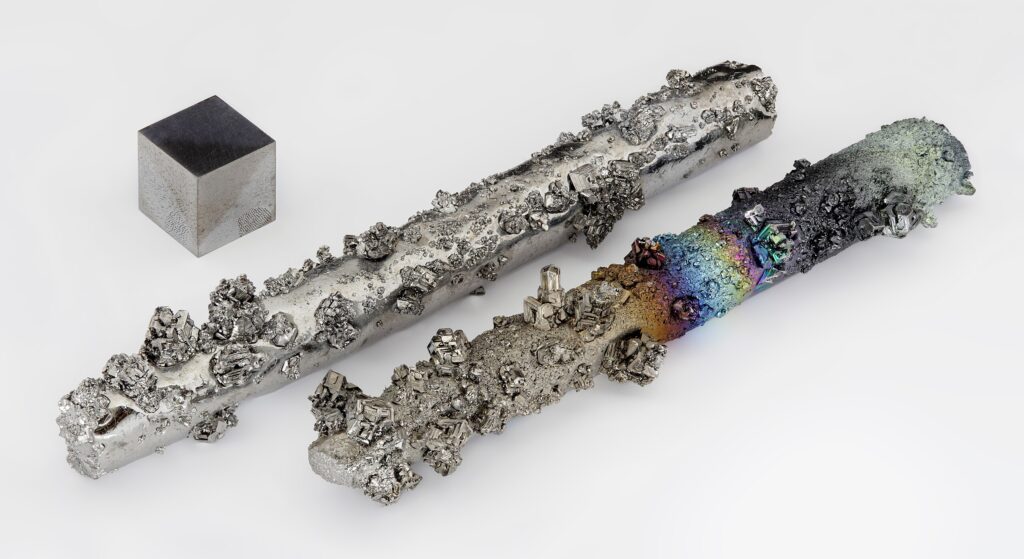
What Can’t Lava Melt?
Many people think lava is like an unstoppable liquid fire that destroys anything. In reality, there are plenty of materials that lava cannot melt:
- Titanium: With a melting point of 3,034°F (1,668°C), titanium stands firm against lava.
- Carbon composites: These are used in heat shields and reentry vehicles. Lava won’t break them down.
- Ceramics and ultra-high-temp alloys: Found in jet engines and spacecraft, these are designed to resist heat far greater than lava can provide.
Even though lava can break, crack, or chemically affect some of these materials, it cannot liquefy them. Resistance is not about being indestructible—it’s about surviving intact under extreme heat.
Real-World Lava Experiments
Researchers at Syracuse University have conducted dozens of controlled lava pours by melting basalt rock and pouring it onto surfaces like ice, metal, and concrete. These experiments reveal how materials react in real time:
- On ice: The lava creates explosive steam and breaks apart violently.
- On aluminum: The metal deforms, softens, and melts.
- On concrete: The surface cracks and erupts due to internal moisture expansion.
- On steel: Glows, weakens, but remains solid.
These tests prove that lava’s heat has boundaries. Some materials simply absorb the heat or fracture—but do not melt.
FAQs About Lava and Melting
Can lava melt through your body?
Yes. Human tissue burns at temperatures far lower than lava. Contact with lava causes instant destruction.
Can lava melt gold or silver?
Yes. Gold melts at 1,948°F (1,064°C), and silver melts at 1,763°F (962°C), both below lava’s range.
Is lava the same as magma?
Not exactly. Lava is magma that has reached the Earth’s surface.
Can lava melt concrete?
No. It causes cracking and chemical breakdown but not melting.
What’s the hottest lava on Earth?
Ancient komatiite lava reached over 2,400°F (1,315°C), hotter than most modern lava flows.
Final Verdict
So, can lava melt steel, diamond, or tungsten? The answer is clear:
- Lava cannot melt steel—it can damage but not liquefy it.
- Lava cannot melt diamonds—they burn instead of melting.
- Lava cannot melt tungsten—it’s far too heat-resistant.
Lava is destructive, no doubt. It burns forests, destroys homes, and melts many common materials. But its power has limits. The science of melting tells us that some elements are simply stronger—and hotter—than lava itself.
Share this content:

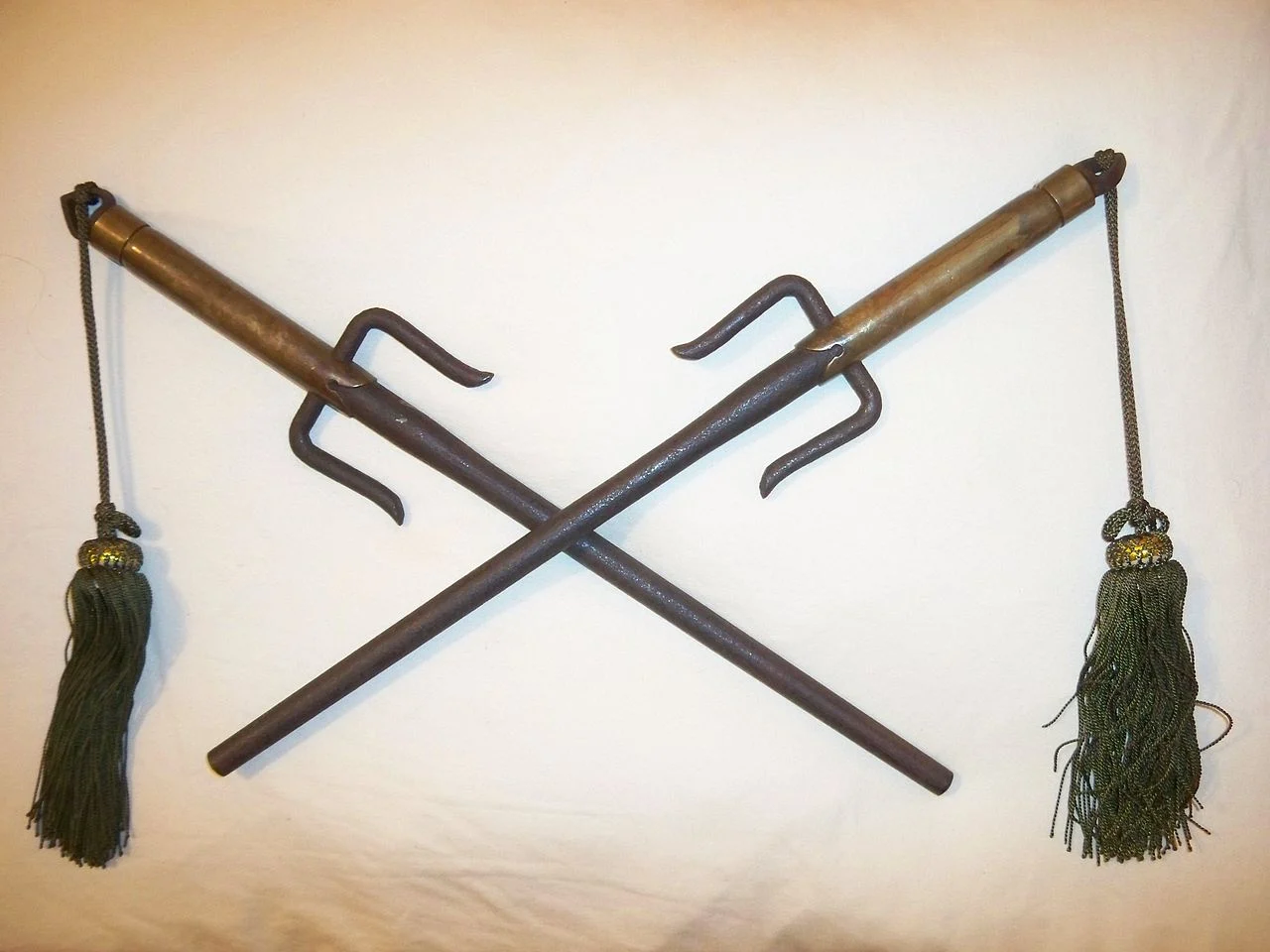
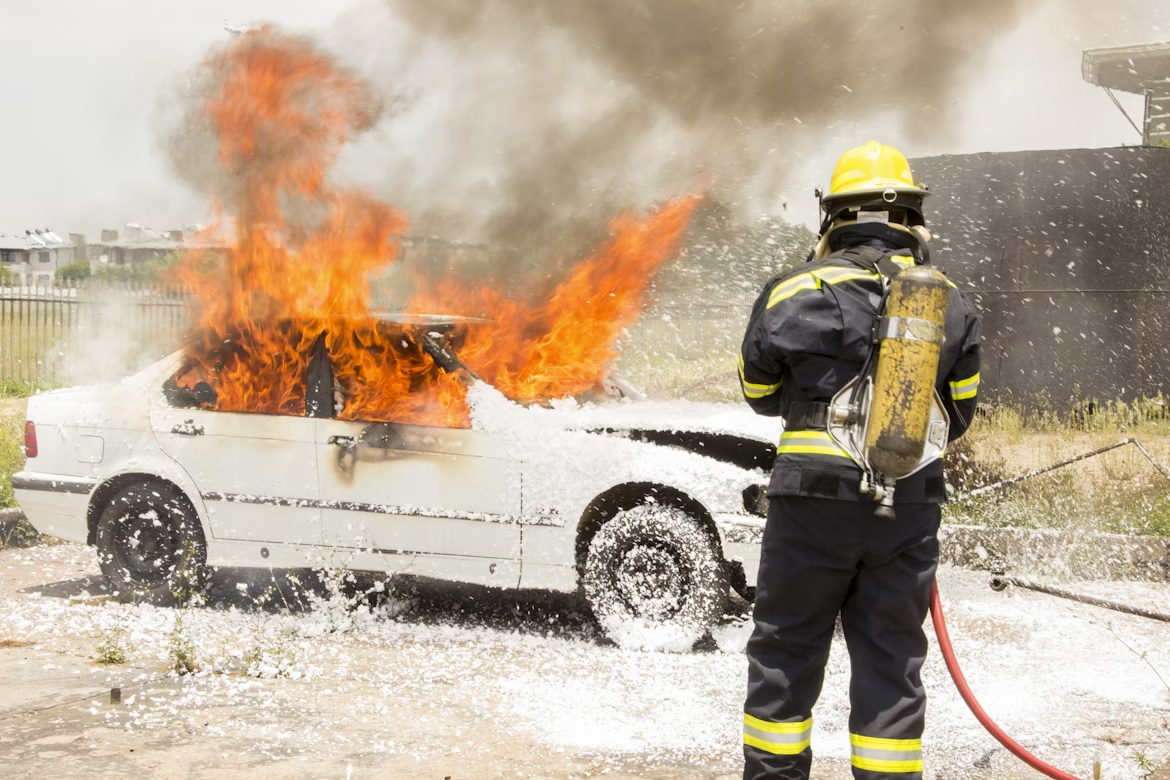


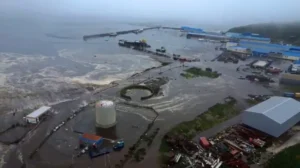
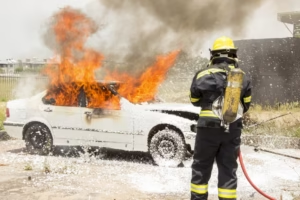


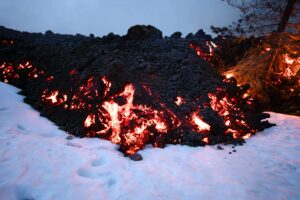



Post Comment
You must be logged in to post a comment.